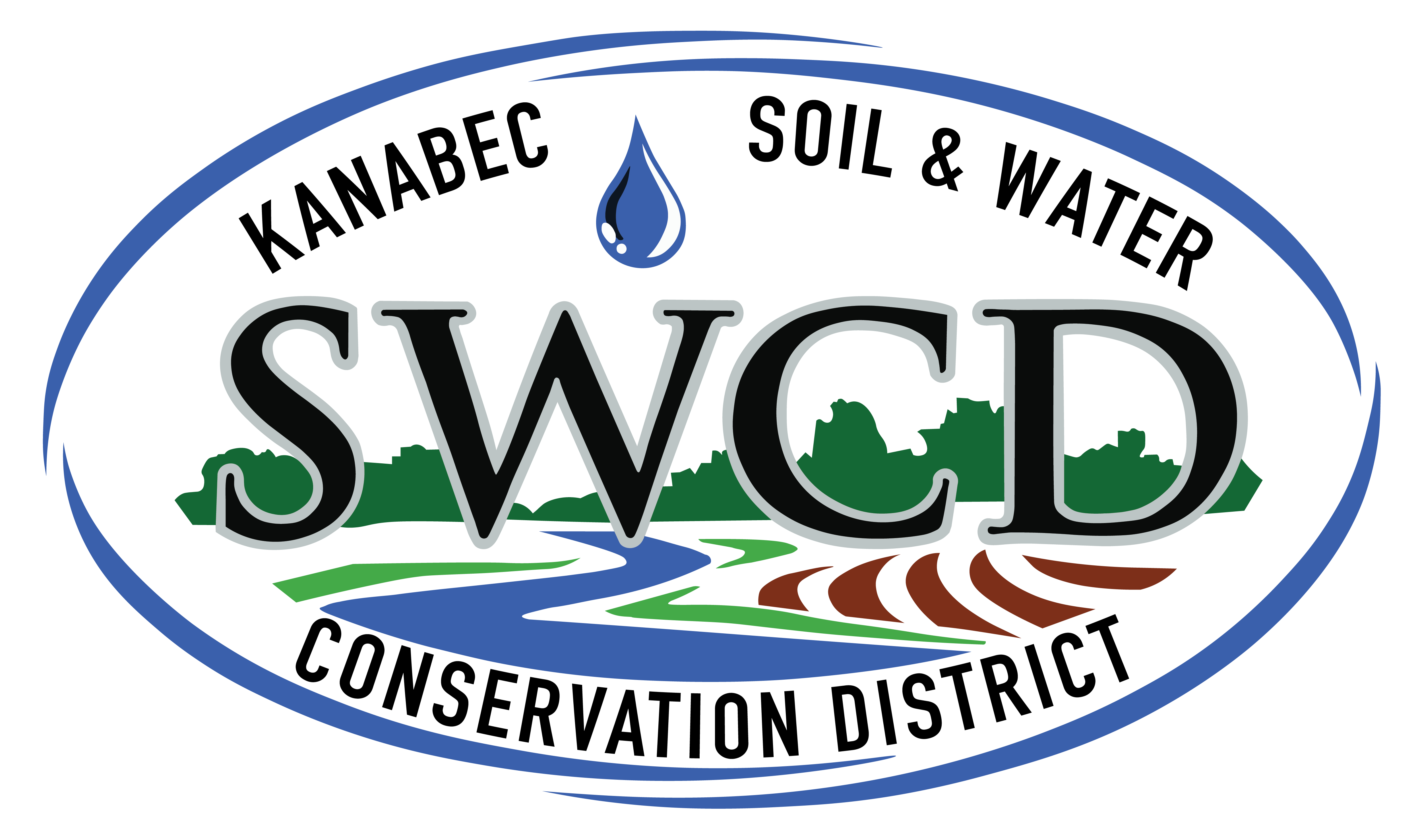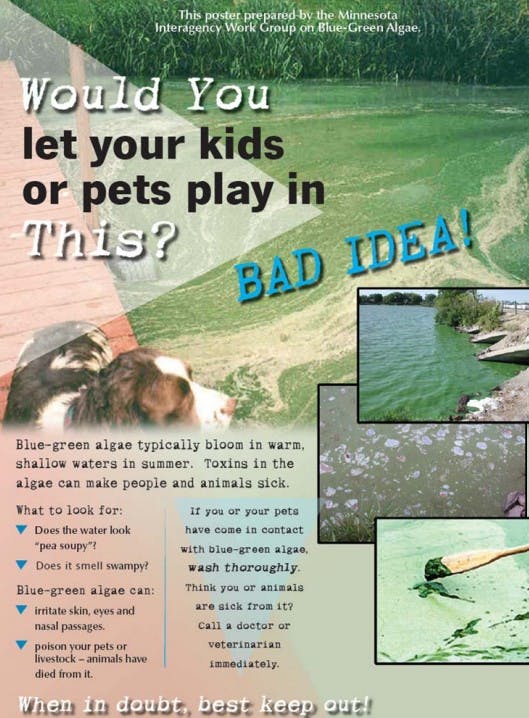Managing Lake Health
Healthy lakes are central to life in Kanabec County. They provide recreation, support wildlife, and contribute to property values and the local economy. But lake health doesn’t begin or end at the water’s edge - it’s tied to the surrounding land and how it’s cared for.
Why Lake Health Matters
A healthy lake supports:
- Clean water for swimming, fishing, and boating
- Habitat for fish, frogs, birds, and other wildlife
- Natural beauty and peaceful recreation
- Protection from algae blooms and shoreline erosion
But many lakes are under stress due to:
- Runoff carrying excess phosphorus and nutrients, which fuel algae growth
- Erosion that clouds water and damages fish habitat
- Shoreline alterations that reduce natural cover for wildlife
- Invasive species disrupting native ecosystems

The Shoreline Connection
What happens on land directly impacts the lake. Shorelines are the lake’s first line of defense - or the first place pollution can enter. Natural shorelines with native vegetation:
- Slow down and filter stormwater runoff
- Stabilize banks and prevent erosion
- Provide critical habitat for birds, turtles, fish, and pollinators
In contrast, manicured lawns, riprap, and cleared areas can speed up runoff and send nutrients and sediment directly into the lake - contributing to algae problems and harming fish habitat.
In-Lake and Upland Solutions
Protecting lake health requires both in-lake strategies and upland management. That can include:
- Installing shoreline buffers with native plants
- Reducing fertilizer use and lawn runoff near the lake
- Stabilizing eroding banks
- Managing runoff from driveways, roads, and nearby fields
- Controlling invasive species and supporting aquatic plant diversity
Shoreline Stabilization: Exploring Your Options
There’s no one-size-fits-all approach to shoreline protection. Depending on your site, a range of techniques may be appropriate - from naturalized buffers to engineered materials.
One option often used in areas with minor to moderate erosion is the use of coir logs - biodegradable fiber rolls made from coconut husk. These logs are placed at the water’s edge to stabilize the bank, reduce wave energy, and support the establishment of native vegetation behind them.
Project Guide: Coir Logs [PDF]Coir logs can be an effective, low-impact solution when paired with native plantings. Other practices - such as toe rock, live staking, or slope reshaping - may be better suited to steeper or higher-energy sites. Our staff can help you determine what will work best for your shoreline.
What You Can Do
If you live on or near a lake - or just want to help keep our waters clean - there are many steps you can take. Kanabec SWCD offers technical assistance and cost-share funding for eligible practices that improve lake health and protect water quality for future generations.
Learn more about:


